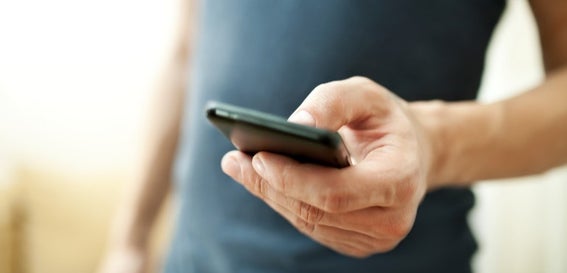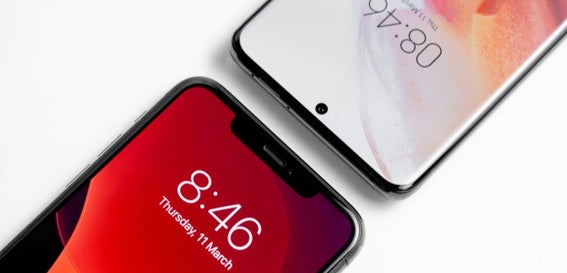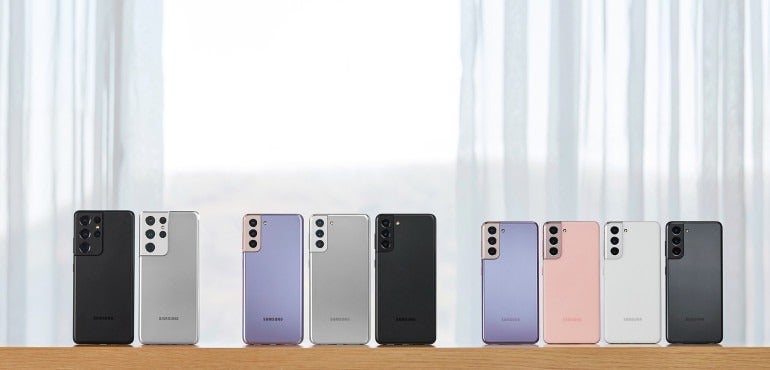Wireless charging is seen by many as the biggest change to how we charge our phones that mobile users have ever seen.
But what exactly is wireless charging? What are the benefits? And how does it work? Read on for the inside line.
What is wireless charging?

As the name suggests, it's a way of charging your phone without using wires.
At the moment, most phones need a mains-powered charger in order to recharge the battery.
But with a handset that supports wireless charging, you don't plug anything into your phone.
Instead, you just place it on a charging plate – basically a flat mat – and it'll replenish the battery. It's that easy.
What are the benefits?
The main one is convenience. Instead of getting down on your hands and knees to find a free plug socket, you can have the wireless charging plate always plugged in.
That's right, it's powered by the mains, so it's not completely wireless.
Put the plate on your desk or bedside table, and whenever you want to recharge the battery you just lay your phone on it.
It'll seriously cut down on clutter, and be simpler to start and stop charging, as you don't plug anything into your phone.
It also means less wear and tear for your phone, as you're not regularly plugging in a cable and yanking it out.
Finally, it's more eco-friendly too. That's because when your phone is fully charged, the power mat switches off.
That's in contrast to standard plug chargers which still drain power from the mains even once your phone hits 100% charge.
Any downsides?
In its current form, the technology is slower and more expensive than using a traditional charger.
However, expect this to change as wireless charging becomes more widely adopted.
There's also the problem that at the moment most smartphones and tablets are only compatible with specific charging plates.
That means that in some cases, you'll need a separate plate for each of your devices.
Hopefully an industry-wide universal wireless charging technology will eventually emerge, and you'll only need one wireless charger for all your phones, tablets and laptops.
How does it work?
Wireless charging features exactly the same technology that's used to charge an electric toothbrush.
The charging plate contains coils of wire that use the current from the mains to create a magnetic field.
When the phone touches the charging plate, this field induces an electrical current in the wire coil inside the mobile.
The result? Plonk your phone on the plate and charging starts immediately. When it's done, just pick it up and you're good to go.
Which devices can charge wirelessly?

The technology is available on some phones, but it doesn't come as standard yet.
Devices that are equipped for wireless charging include the Samsung Galaxy S6, LG G3, Nokia Lumia 925, Lumia 830 and Microsoft Lumia 950.
At the time of writing, no Apple iPhones support wireless charging.
The Apple Watch does support the technology, though only a handful of wireless chargers work with it.
If your phone doesn't support wireless charging, then don't despair. There are alternatives.
One such is Powermat's accessory called the Powermat Ring, which allows you wireless charge phones that don't come equipped with the feature.
To use the Powermat Ring, you simply plug it into your iPhone, Windows or Android device and then place your handset on the Powermat wireless charger. It'll then charge up as if it's plugged into the mains.
It's not as convenient as wireless charging on phones that come with the technology built-in, but it does at least bring wireless charging to any phone you like.
Do I need to buy any extra accessories?
Mostly yes. It's rare that a phone-maker will bundle a wireless charger with a phone, so you'll have to shell out extra.
Samsung's for the S6 and S6 Edge retails for £30-40, but shop around and you can find it much cheaper.
Nokia's sells for about £40, as does Sony's. But beware: Some phones – like the Sony Xperia Z3 and LG G4 – require a certain case as well as the wireless charger.
The charger and case for the LG G4 cost around £40 together, as do those for the Sony Xperia Z3. So you could end up spending a small fortune on accessories.
So before you buy, it's a good idea to research whether a phone has wireless charging built in, and which charging plates it works with.
What about out and about?
In the UK, about 50 McDonald's restaurants and 10 Starbucks cafes are equipped to let customers charge their phones wirelessly.
Starbucks uses the Powermat Ring tech we described above, while at McDonalds, you'll need a phone with wireless charging built in.
What does the future hold?
One day, all our furniture will support wireless charging, so your phone will juice up if you put it on the table.
Ikea already sells a lamp with a base that doubles as a wireless charging plate.
As it becomes more powerful, the technology will become standard on larger devices, such as tablets and laptops.
We also anticipate that other restaurants and coffee shops will start to offer wireless charging too.
So soon when we stop for lunch, we won't be the only ones getting refuelled.






